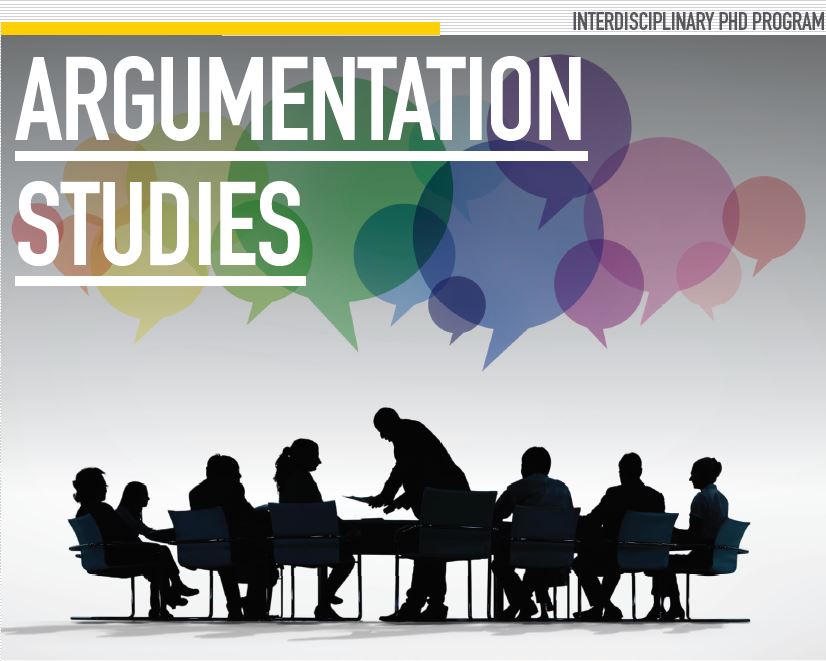Location
McMaster University
Document Type
Keynote
Start Date
1-6-2005 9:00 AM
End Date
1-6-2005 5:00 PM
Abstract
In the mid-nineteenth century, scientists in fields as different as chemistry and botany, August Kekule and Gregor Mendel, argued for insights that depended critically on antithetical expressions and reasoning. One hundred years earlier, Lavoisier, in his one foray into geology, used the same constitutive argumentative and verbal devices to organize his observations and claims, just as Newton, Harvey, Gilbert and Kepler had done in the centuries before him. The heuristic and persuasive use in natural philosophy of an argument form like the antithesis has particular roots in the combined grammatical, rhetorical and dialectical training established during the humanist educational reforms inaugurated in the sixteenth century. The rhetorically-inflected dialectical treatises of Rudolph Agricola, Philip Melancthon and their many imitators, textbooks for the leading figures in early modern natural philosophy, reinforced the role of stylistic patterns in argument invention originally established in classical rhetoric. Thus in the sixteenth and seventeenth centuries, style and argument, now usually dissociated in our teaching and even in the custody of different disciplines, reinforced each other productively. While the entire array of figures of speech available in early modern manuals includes devices which inscribe all the rhetorical appeals, the set of devices derived from parallel phrasing illustrates how certain figures of speech can express lines of reasoning iconically. The continued use of these ‘figures of argument’ invites a general as well as an historical explanation based on the potential persuasiveness of pattern completion in language processing.
Creative Commons License

This work is licensed under a Creative Commons Attribution 4.0 International License.
Included in
Figures of Argument
McMaster University
In the mid-nineteenth century, scientists in fields as different as chemistry and botany, August Kekule and Gregor Mendel, argued for insights that depended critically on antithetical expressions and reasoning. One hundred years earlier, Lavoisier, in his one foray into geology, used the same constitutive argumentative and verbal devices to organize his observations and claims, just as Newton, Harvey, Gilbert and Kepler had done in the centuries before him. The heuristic and persuasive use in natural philosophy of an argument form like the antithesis has particular roots in the combined grammatical, rhetorical and dialectical training established during the humanist educational reforms inaugurated in the sixteenth century. The rhetorically-inflected dialectical treatises of Rudolph Agricola, Philip Melancthon and their many imitators, textbooks for the leading figures in early modern natural philosophy, reinforced the role of stylistic patterns in argument invention originally established in classical rhetoric. Thus in the sixteenth and seventeenth centuries, style and argument, now usually dissociated in our teaching and even in the custody of different disciplines, reinforced each other productively. While the entire array of figures of speech available in early modern manuals includes devices which inscribe all the rhetorical appeals, the set of devices derived from parallel phrasing illustrates how certain figures of speech can express lines of reasoning iconically. The continued use of these ‘figures of argument’ invites a general as well as an historical explanation based on the potential persuasiveness of pattern completion in language processing.

